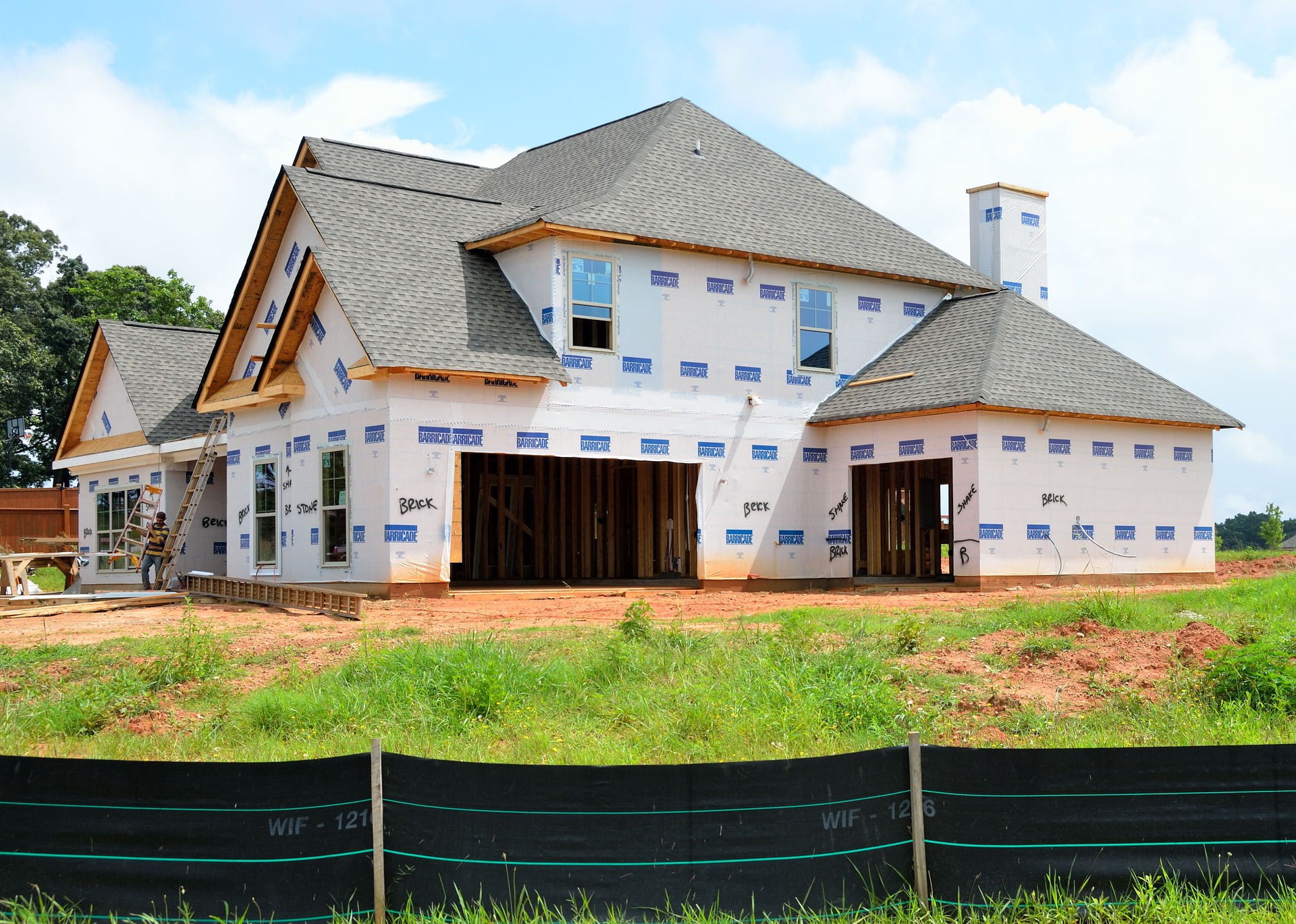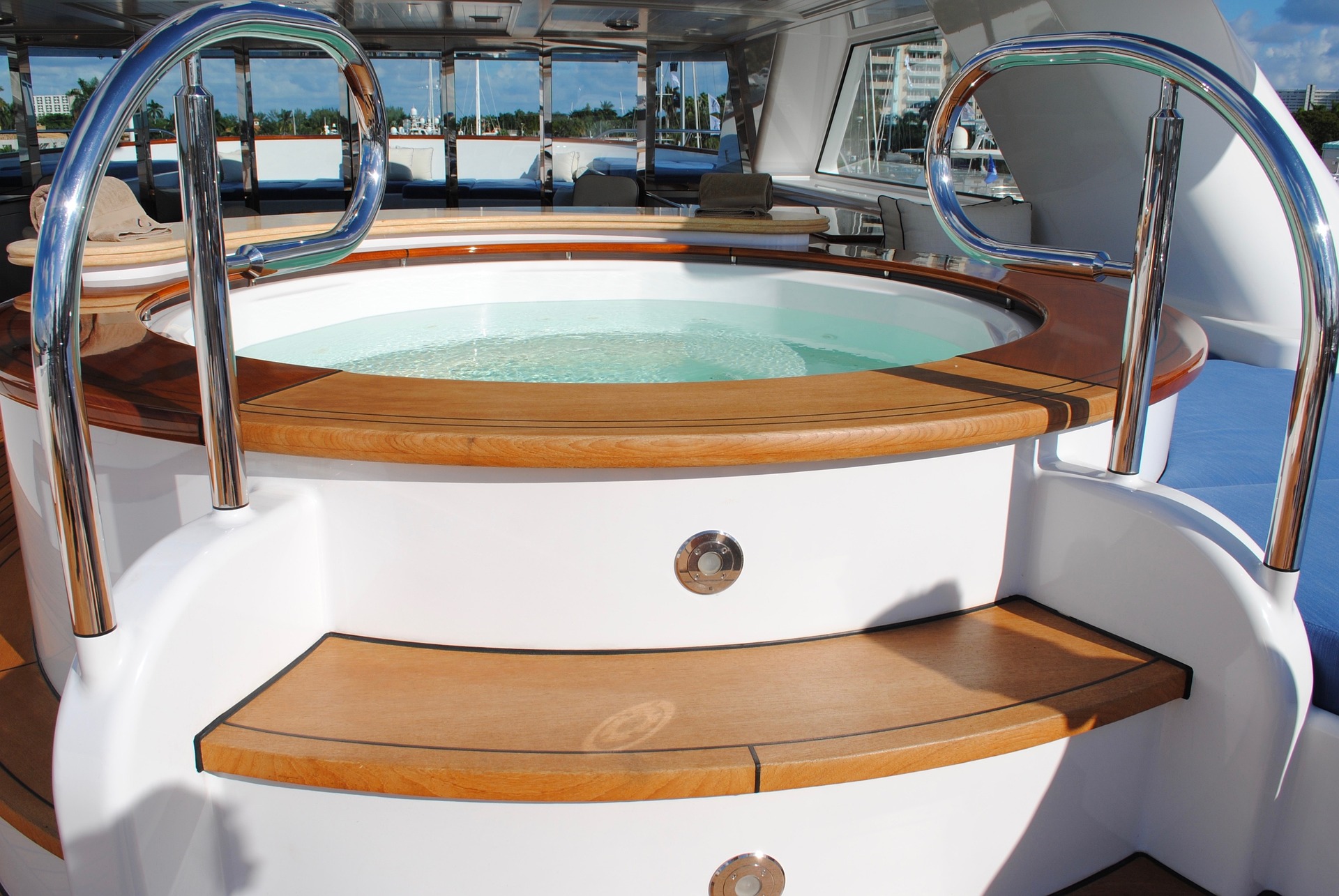Mobile Homes & Trailers: A Comprehensive Guide to Affordable Living
Mobile homes and trailers have become increasingly popular as an affordable housing solution for many individuals and families. These versatile structures offer a unique blend of affordability, flexibility, and comfort. In this comprehensive guide, we'll explore the world of mobile homes and trailers, addressing key questions and providing valuable insights for those considering this housing option.

What is a mobile home and how does it work?
A mobile home, also known as a manufactured home, is a prefabricated structure built in a factory and then transported to a designated location. Unlike traditional site-built homes, mobile homes are constructed on a permanent chassis, allowing them to be moved if necessary. These homes are designed to be placed on a foundation or anchored to the ground at their final destination.
Mobile homes work by utilizing a modular construction process. The home is built in sections at a manufacturing facility, where quality control and efficiency can be closely monitored. Once completed, these sections are transported to the intended site and assembled. This process allows for faster construction times and often results in lower overall costs compared to traditional home building methods.
Modern mobile homes are equipped with all the amenities found in conventional houses, including plumbing, electrical systems, heating, and air conditioning. They are connected to utility services such as water, sewage, and electricity once placed on a site, functioning much like a traditional home.
Advantages of living in a mobile home
Living in a mobile home offers several advantages that make it an attractive option for many people:
-
Affordability: One of the primary benefits of mobile homes is their lower cost compared to traditional houses. This affordability makes homeownership more accessible to a broader range of individuals and families.
-
Flexibility: Mobile homes provide the option to relocate if necessary, offering a level of flexibility not available with traditional homes. This can be particularly advantageous for those who may need to move for work or other reasons.
-
Low maintenance: Mobile homes typically require less maintenance than conventional houses due to their smaller size and simpler construction. This can result in lower ongoing costs for homeowners.
-
Community living: Many mobile home parks offer a sense of community, with shared amenities such as pools, playgrounds, and clubhouses. This can provide a social environment and support network for residents.
-
Faster move-in times: The prefabricated nature of mobile homes means they can be ready for occupancy much faster than traditional homes, which can take months or even years to build.
-
Energy efficiency: Modern mobile homes are often designed with energy efficiency in mind, featuring better insulation and energy-saving appliances, which can lead to lower utility bills.
How long does a mobile home usually last?
The lifespan of a mobile home can vary depending on several factors, including construction quality, maintenance, and environmental conditions. However, with proper care and maintenance, a mobile home can last for several decades.
Typically, a well-maintained mobile home can last anywhere from 30 to 55 years. This lifespan is comparable to many site-built homes, dispelling the myth that mobile homes are inherently short-lived structures. The key to longevity lies in regular maintenance and addressing issues promptly.
Factors that can affect a mobile home’s lifespan include:
-
Quality of construction: Higher-quality materials and construction techniques can significantly extend a mobile home’s life.
-
Climate: Homes in areas with extreme weather conditions may experience more wear and tear over time.
-
Maintenance: Regular upkeep, including roof maintenance, plumbing checks, and addressing any structural issues, is crucial for longevity.
-
Foundation and anchoring: Proper installation and anchoring of the home can prevent damage from shifting or settling.
-
Upgrades and renovations: Periodically updating and renovating the home can extend its useful life and improve its overall condition.
Mobile home providers and cost comparison
When considering a mobile home, it’s essential to compare different providers and their offerings. Here’s a comparison of some popular mobile home manufacturers and their estimated costs:
| Provider | Home Type | Size (sq ft) | Estimated Cost |
|---|---|---|---|
| Clayton Homes | Single-Wide | 765-1,330 | $40,000-$80,000 |
| Champion Homes | Double-Wide | 1,000-2,300 | $70,000-$130,000 |
| Skyline Homes | Triple-Wide | 1,600-2,800 | $100,000-$250,000 |
| Cavco Industries | Park Model | 400-500 | $25,000-$50,000 |
Prices, rates, or cost estimates mentioned in this article are based on the latest available information but may change over time. Independent research is advised before making financial decisions.
It’s important to note that these prices are estimates and can vary based on location, customization options, and current market conditions. Additional costs such as land, site preparation, and utility connections should also be considered when budgeting for a mobile home.
Conclusion
Mobile homes and trailers offer a unique and affordable housing solution for many individuals and families. With their lower costs, flexibility, and modern amenities, they provide an attractive alternative to traditional housing. While they may not be suitable for everyone, understanding the advantages, lifespan, and cost considerations can help potential homeowners make an informed decision about whether a mobile home is the right choice for their needs and lifestyle.




